How to Speed Up Old iPhone
As iPhones age, they often start to slow down, making daily tasks frustratingly sluggish. Fortunately, there are several actions you can take to breathe new life into your older device. In this article we will show you different ways steps to make an old iPhone faster, improving its performance and extending its usability. Whether you’re struggling with slow apps, lagging interface interactions, or general sluggishness, these methods will help improve your iPhone’s functionality.
Update Your iPhone’s Software
Updating your iOS is a straightforward way to improve your iPhone’s performance. Newer software versions sometimes include optimizations and bug fixes that can make an old iPhone faster. Here’s how to update your device:
- Start by opening the Settings app on your iPhone.
- Tap on ‘General’ to find additional options.
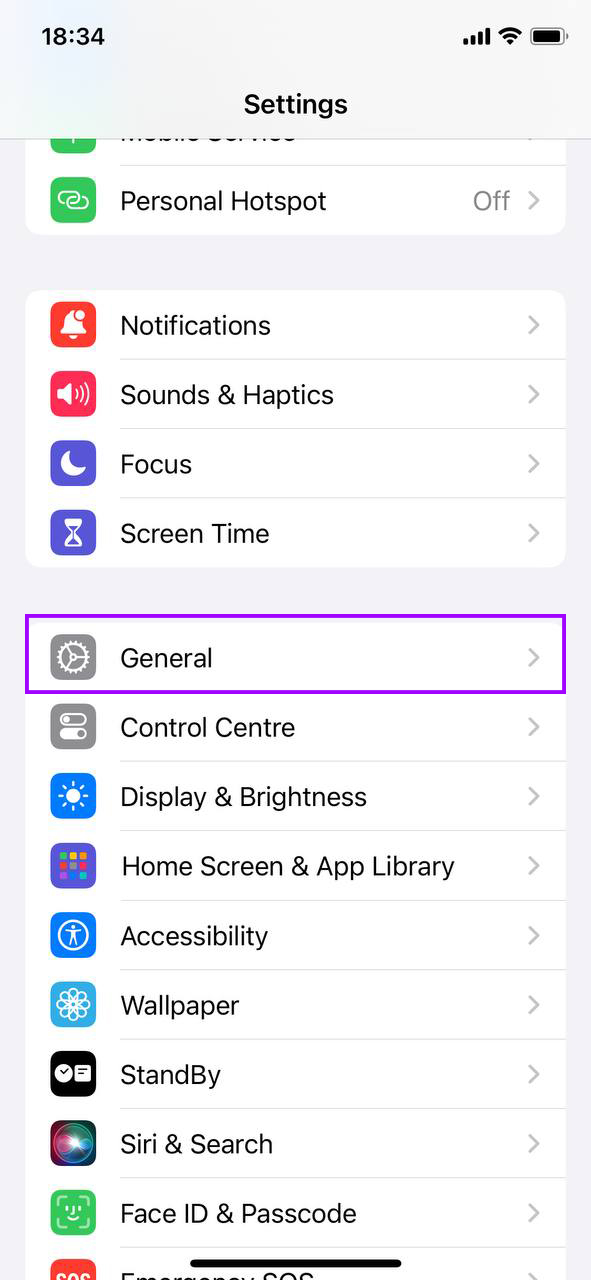
- Select ‘Software Update’ to check for available updates.
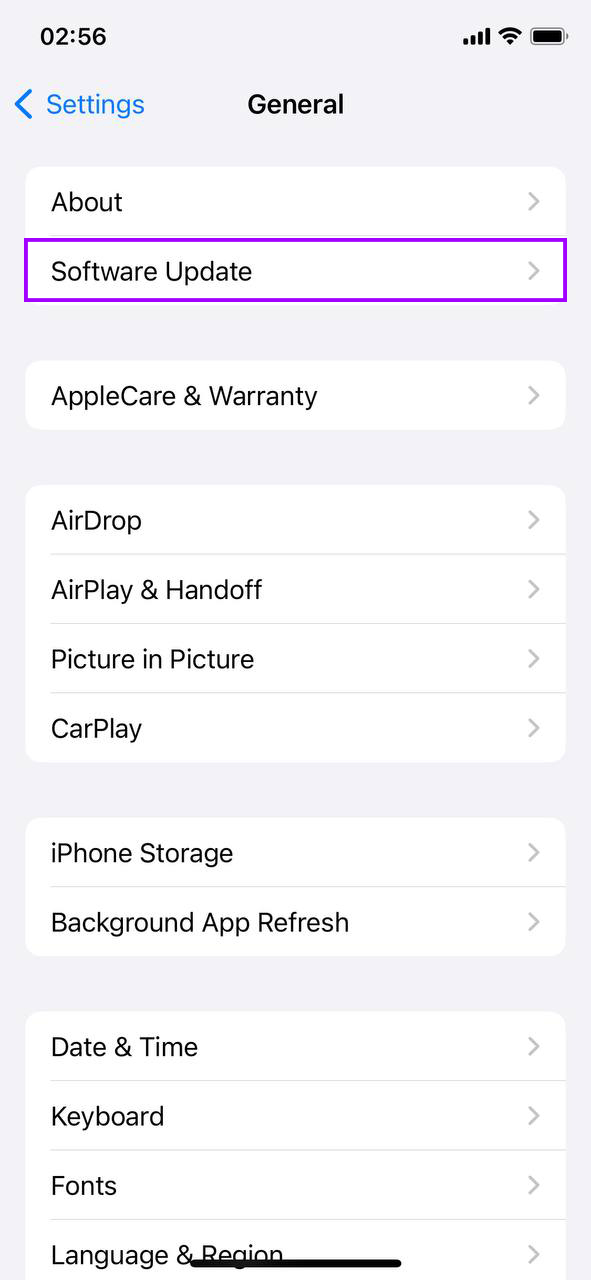
- If an update is available, tap ‘Update Now’ You may need to connect your iPhone to a charger if the battery is low.
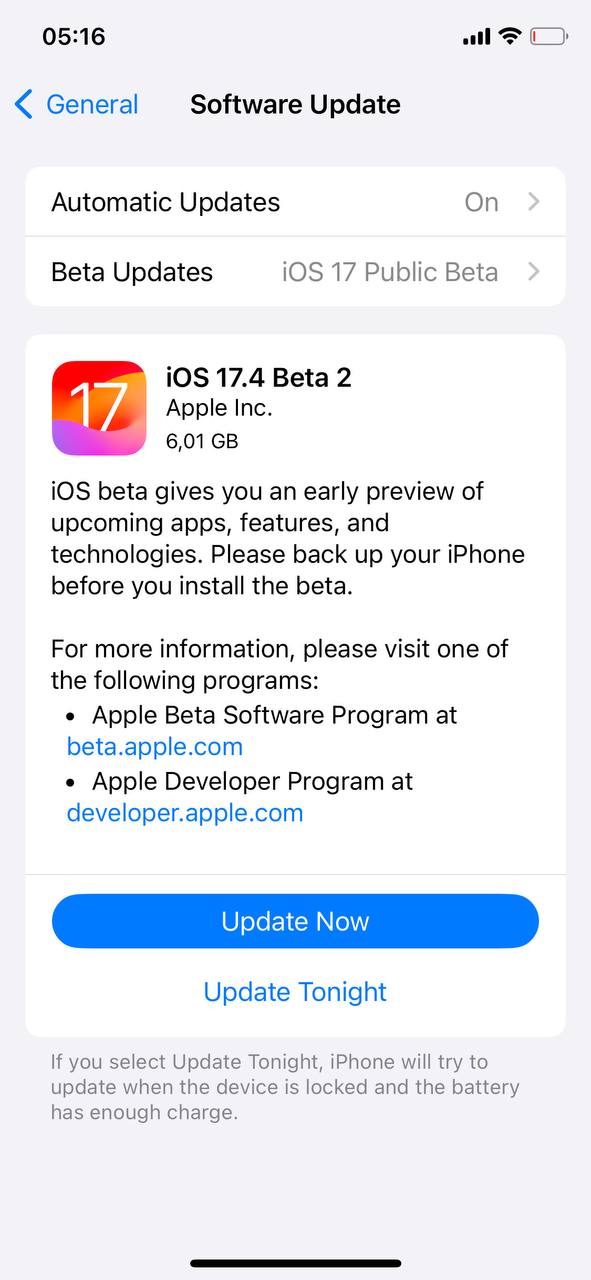
- Follow the on-screen instructions to complete the update. Your iPhone will restart during this process.
Once the update is installed, your iPhone will boot up with the latest iOS version. This can lead to improved speed and stability. For an overview of what’s included in each update, you can check Apple’s official support page.
Free Up Storage Space
A lack of available storage can significantly slow down your iPhone’s performance. Cleaning up unused files and managing storage efficiently is a key step to make your old iPhone faster. Here’s how to manage your iPhone’s storage:
- Open the Settings app, tap on ‘General’, and then select ‘iPhone Storage’. This will display a breakdown of what types of files are consuming your storage and how much space they are using.
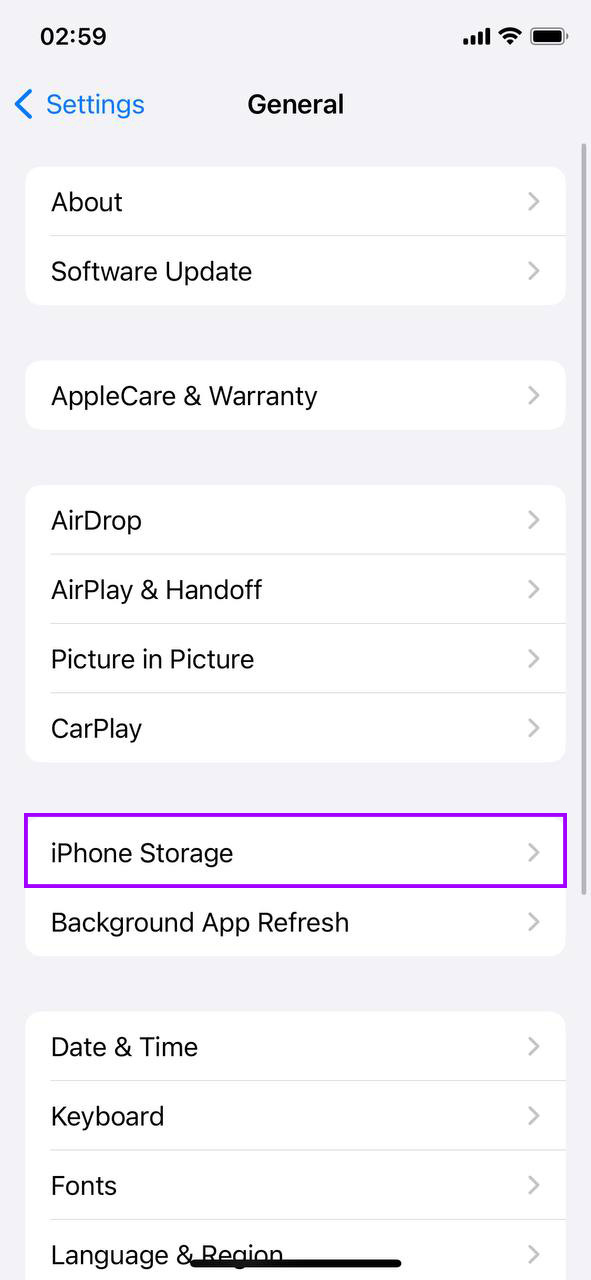
- At the top of the iPhone Storage page, your iPhone might offer recommendations for optimizing storage, such as offloading unused apps or reviewing large attachments. Consider following these suggestions.

- Scroll through the list of apps and see how much storage each one is using. Tap on any app that you no longer use or that holds unnecessary data (like cache or downloaded files within streaming apps) and choose ‘Delete App’ to remove it completely.
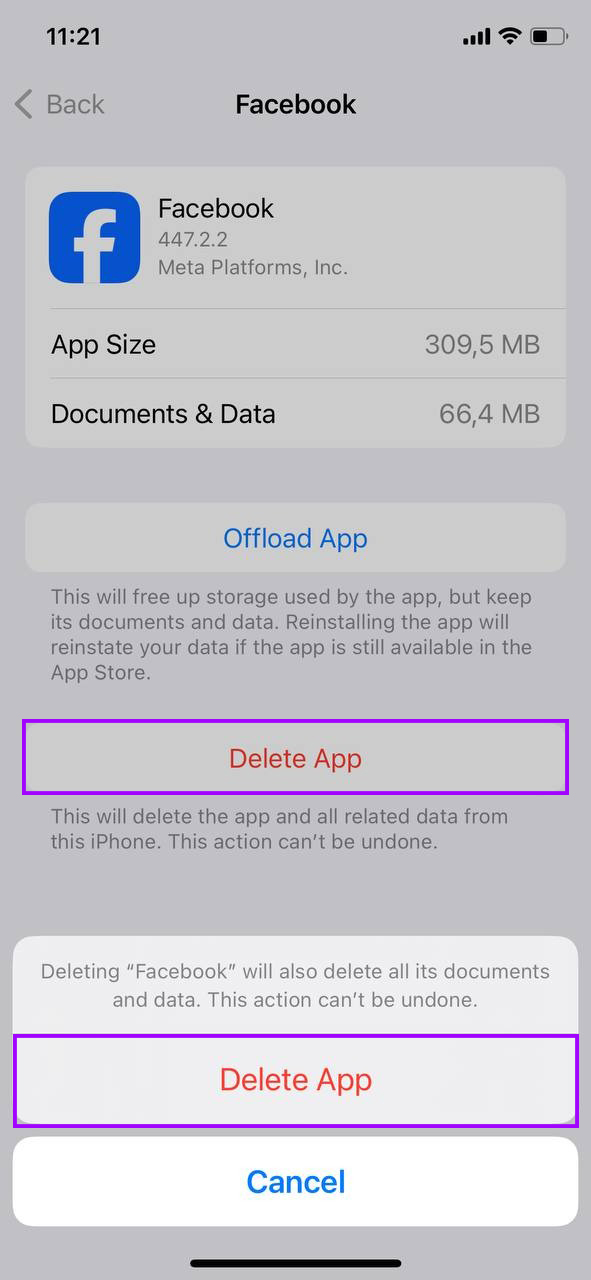
- To clear the cache from Safari, go back to the main Settings menu, select ‘Safari’, and tap ‘Clear History and Website Data’.
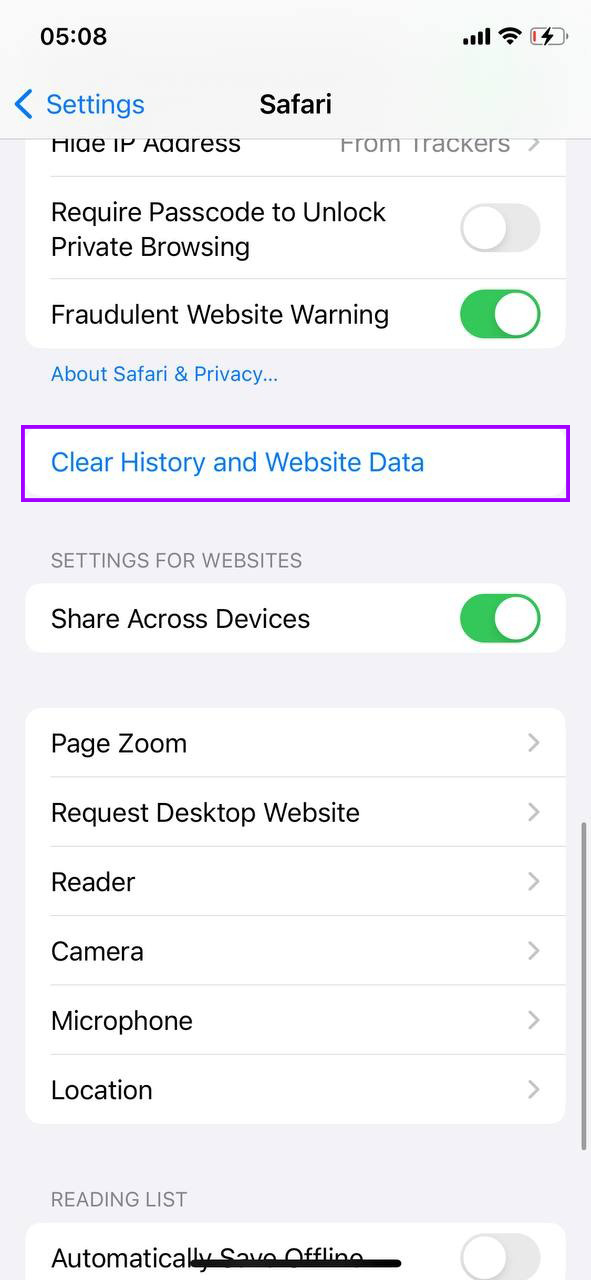
- Use the ‘Review Large Attachments’ option or manually go through your Photos app to delete old or unnecessary photos and videos. Alternatively, consider using iCloud Photos to keep your media in the cloud and free up device storage.

Regularly reviewing and cleaning up your iPhone’s storage can not only free up space but also improve the device’s overall performance.
Disable Background App Refresh
Background App Refresh allows apps to update their content in the background, which can use up valuable system resources and slow down your device. Disabling this feature can help make your old iPhone faster by freeing up processing power and saving battery life. Here’s how to turn it off:
- Start by tapping the Settings icon on your home screen.
- Scroll down and select ‘General’ to access more settings.

- Tap on ‘Background App Refresh.’ You’ll see a list of all the apps that currently refresh their content in the background.
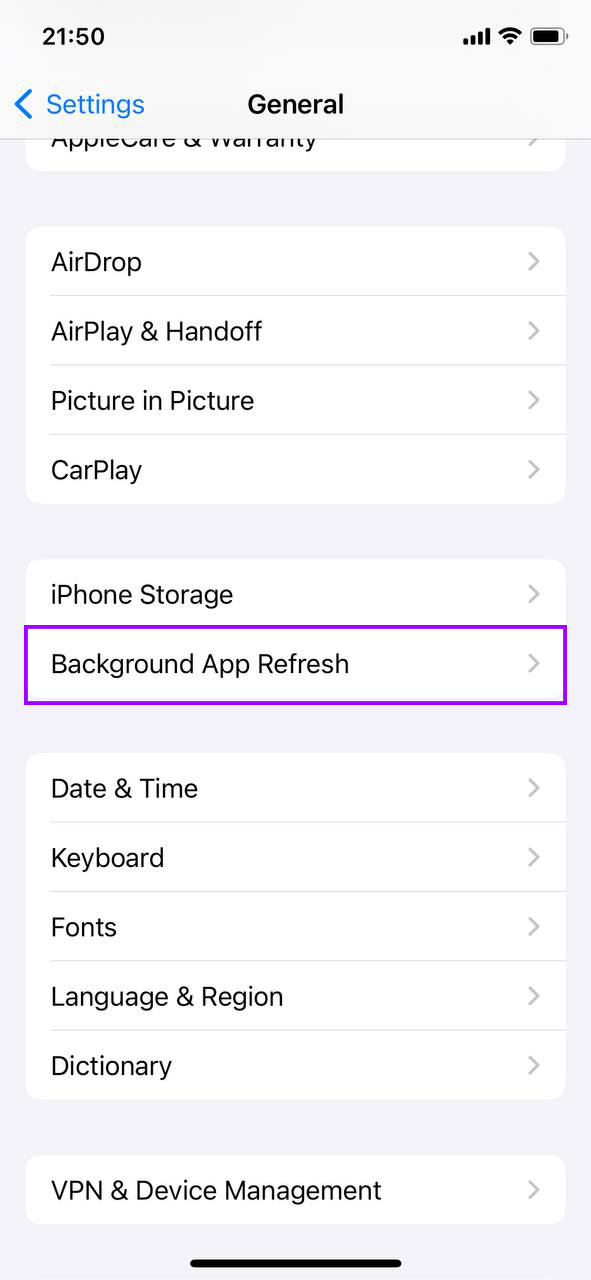
- You can choose to disable Background App Refresh entirely by toggling the switch at the top, or selectively turn it off for individual apps by toggling the switch next to each app.
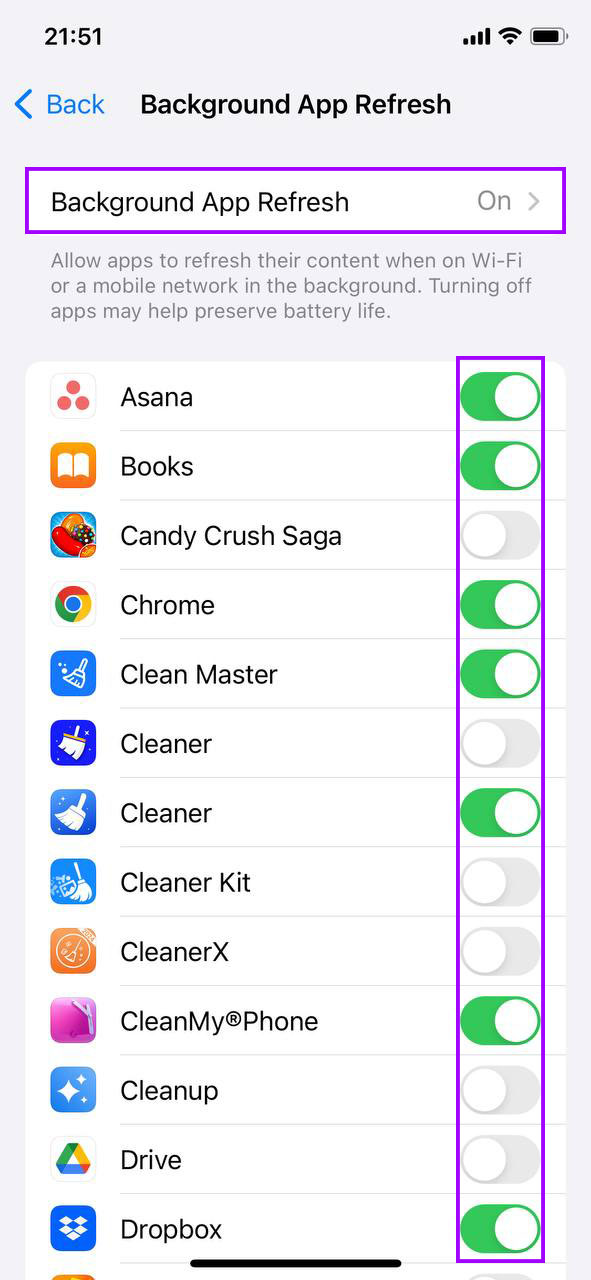
By managing which apps can refresh in the background, you not only improve performance but also extend your battery life. If there are apps that you frequently use and need up-to-date information from, consider leaving Background App Refresh enabled for those specific apps.
Reduce Motion and Transparency
Visual effects such as animations and transparency in the user interface can consume system resources, potentially slowing down older iPhones. Reducing these effects can help make an old iPhone faster by decreasing the load on the device’s processor and graphics subsystem. Here’s how to adjust these settings:
- Locate and tap the Settings icon on your home screen.
- Scroll down and select ‘Accessibility’, which houses various settings that adjust how your iPhone operates and displays content.
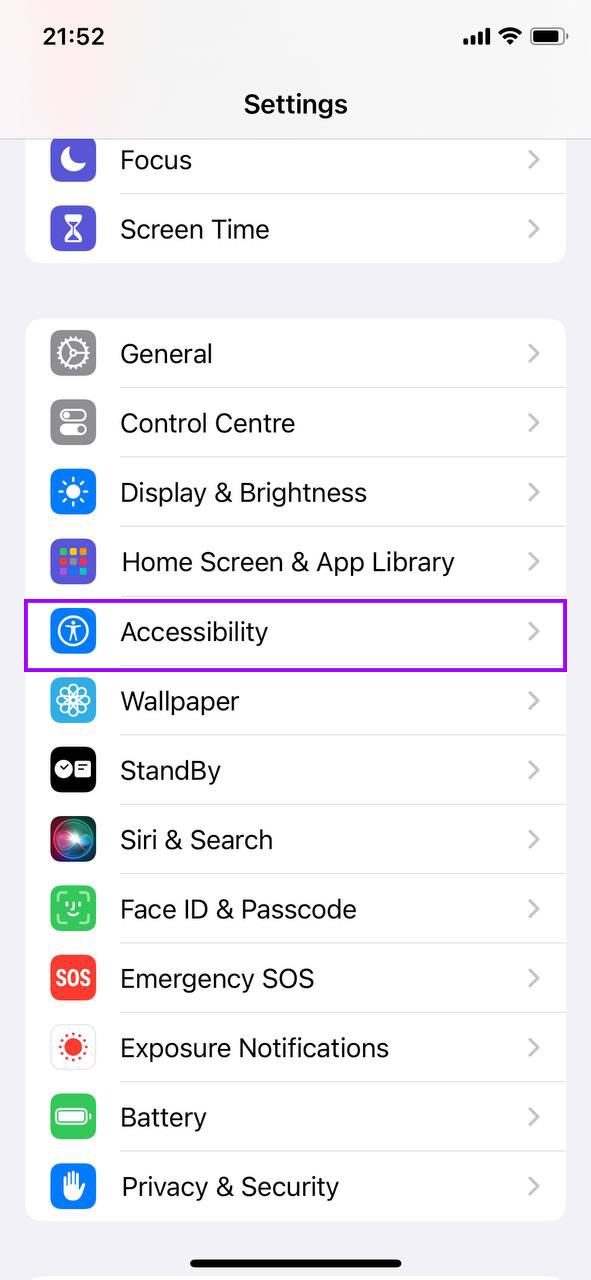
- Within the Accessibility settings, tap on ‘Motion’. Here, enable ‘Reduce Motion’. This setting reduces the motion of the user interface, including the parallax effect of icons and alerts.
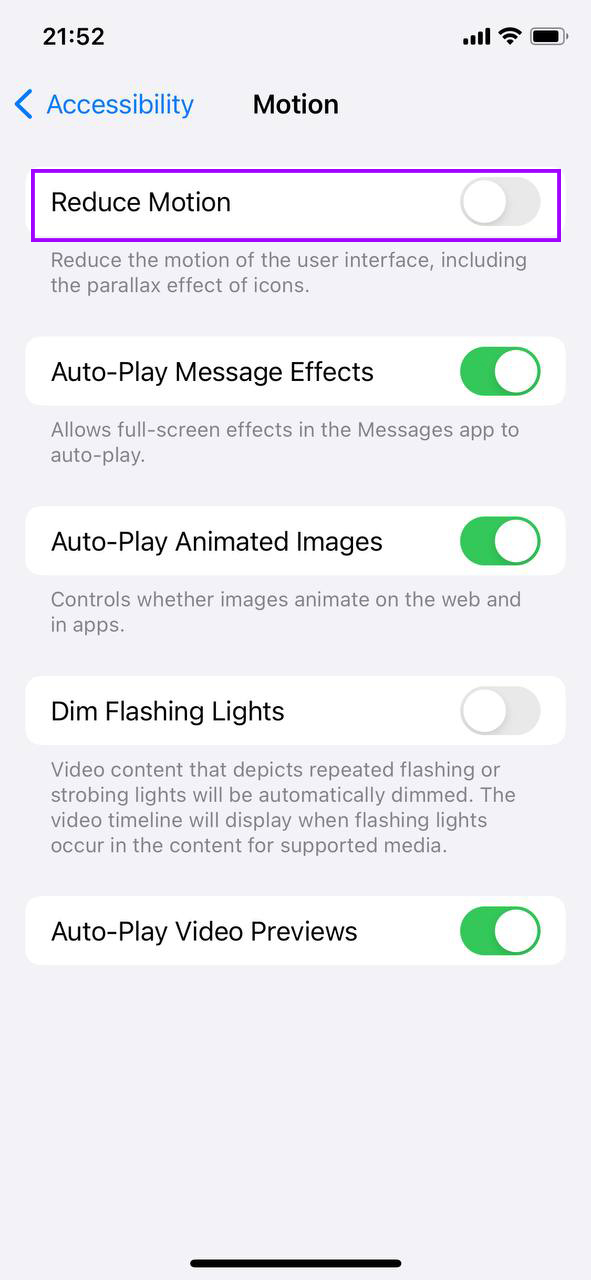
- Go back to the main Accessibility menu and tap on ‘Display & Text Size’. Scroll down and activate ‘Reduce Transparency’, which reduces the transparency and blurs on some backgrounds to increase legibility and performance.
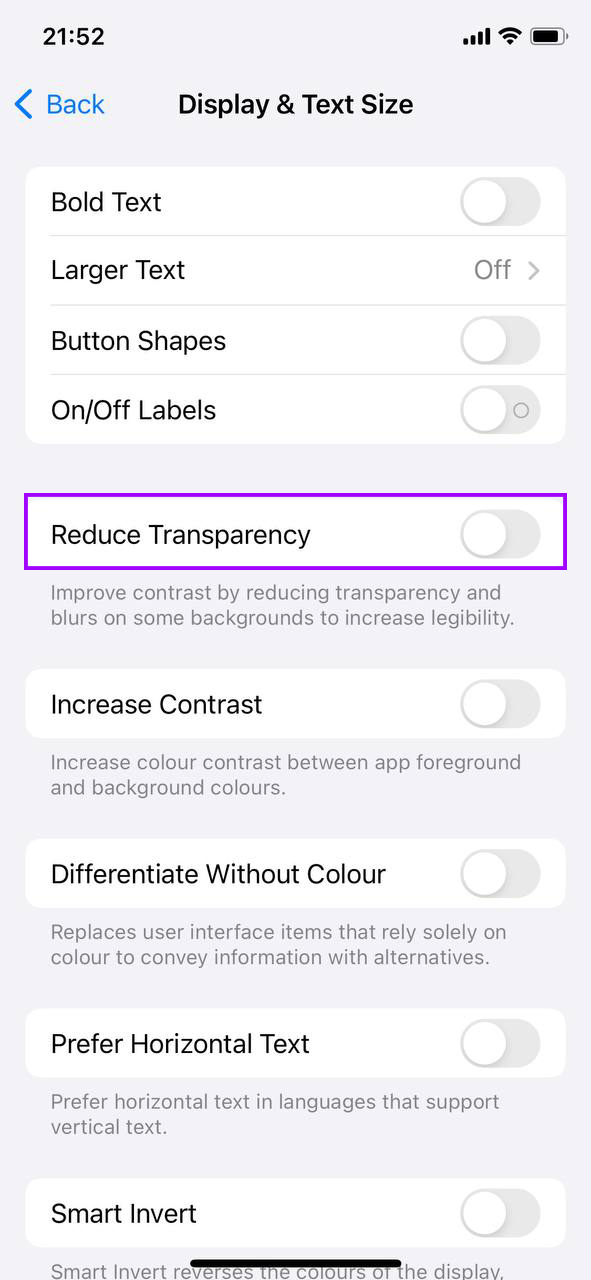
By reducing these visual effects, not only does your iPhone save on necessary processing power, but it also could potentially extend battery life due to decreased energy consumption.
Optimize Location Services
Location Services can significantly drain your iPhone’s resources by continuously updating the location data for various apps. Properly managing which apps have access to these services can help make your old iPhone faster and extend its battery life. Here’s how to adjust Location Services settings:
- Tap on the Settings icon from your home screen.
- Find and select ‘Privacy & Security’ from the list of options.
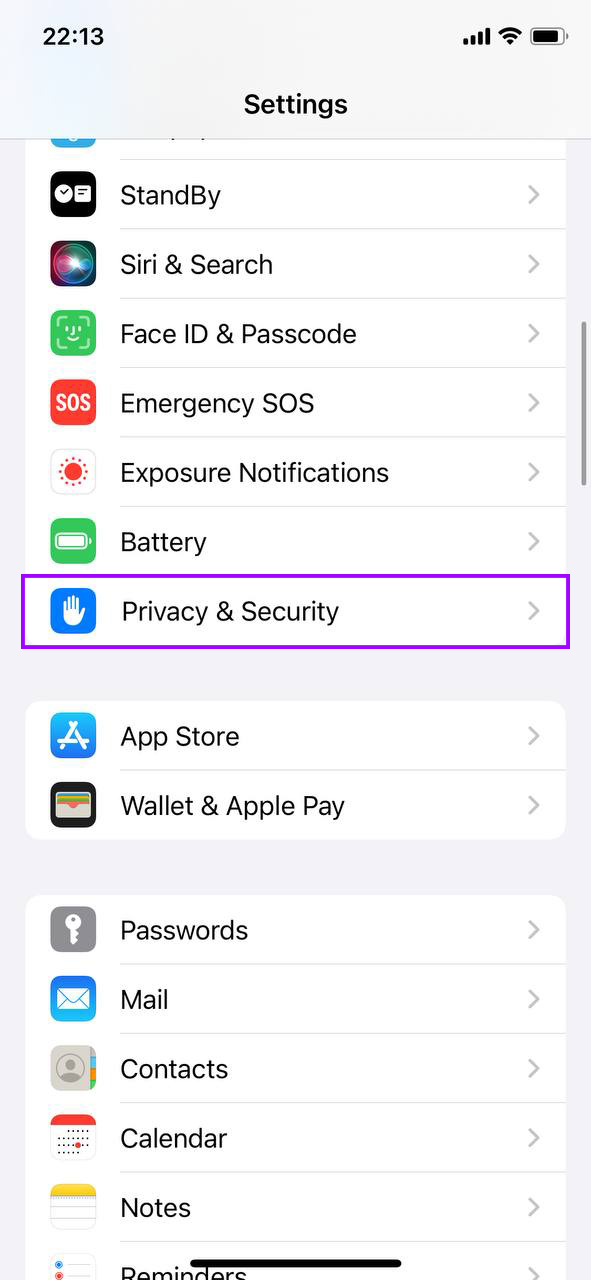
- Inside Privacy settings, tap ‘Location Services’. You will see a list of all apps that have requested access to your location.
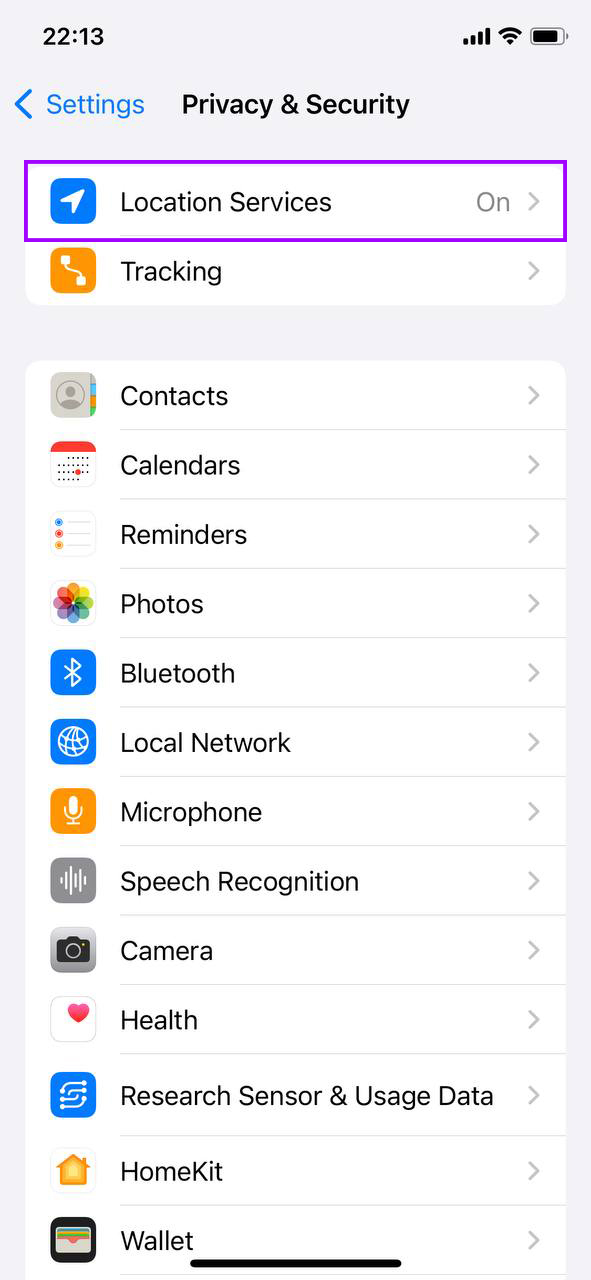
- For each app, you can choose ‘Never’, ‘Ask Next Time’, ‘While Using the App’, or ‘Always’. Opt for ‘While Using the App’ for essential apps like Maps or ride-sharing services, and select ‘Never’ for apps that do not require location data to function effectively.
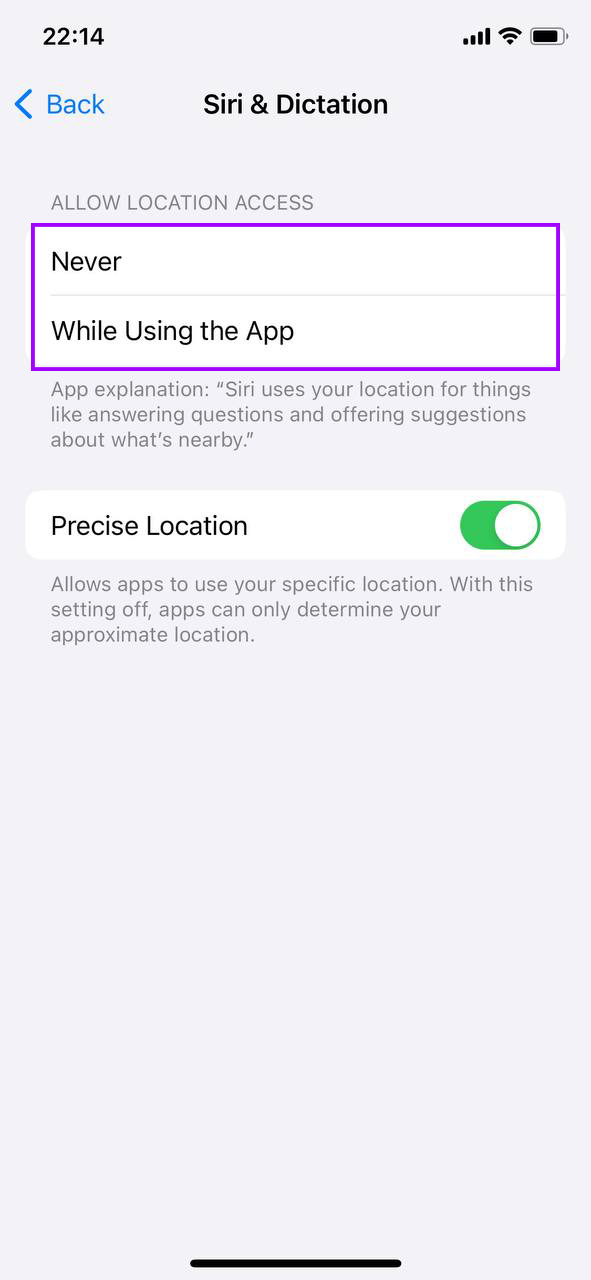
- At the bottom of the Location Services page, tap ‘System Services’ to review and disable location access for non-essential system services such as location-based ads, suggestions, and more.
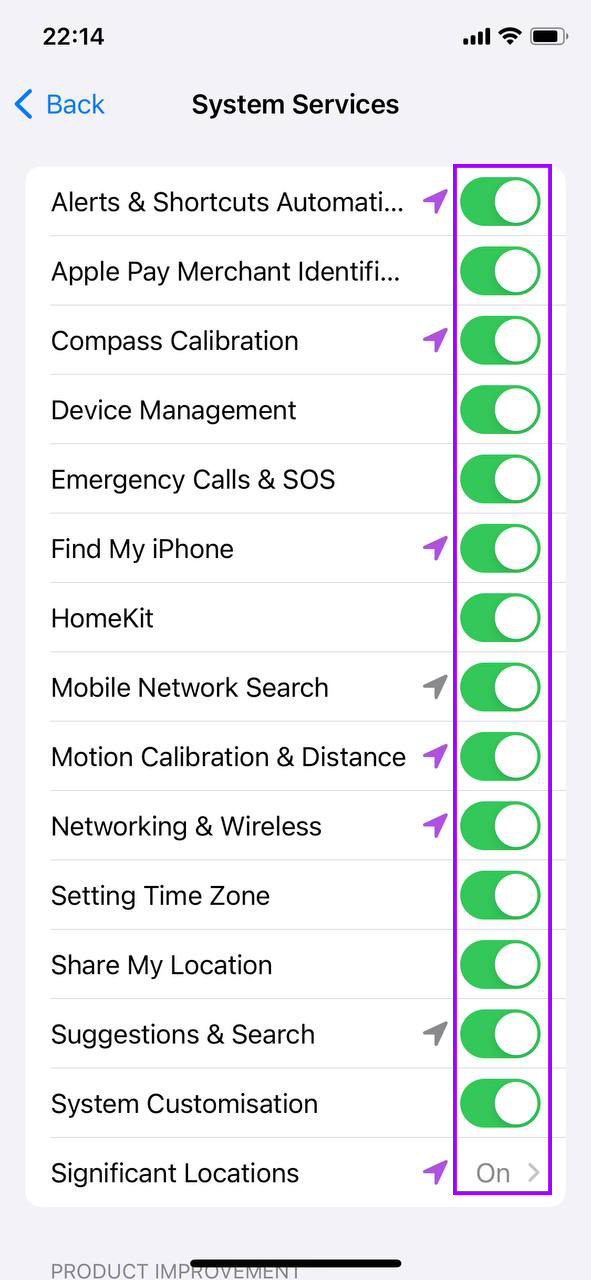
Restricting unnecessary access to Location Services not only helps in improving performance but also enhances the privacy of your device. It prevents apps from using location data in the background, which can consume additional battery and processing power.
Restart Your iPhone Regularly
Restarting your iPhone can help to clear temporary files and free up memory, which can resolve unexpected behaviors and slow performance. This simple action refreshes the operating system and can significantly make an old iPhone faster. Here’s how to properly restart your iPhone:
- Hold down the side (or top) button along with either volume button until two sliding buttons appear on the screen.
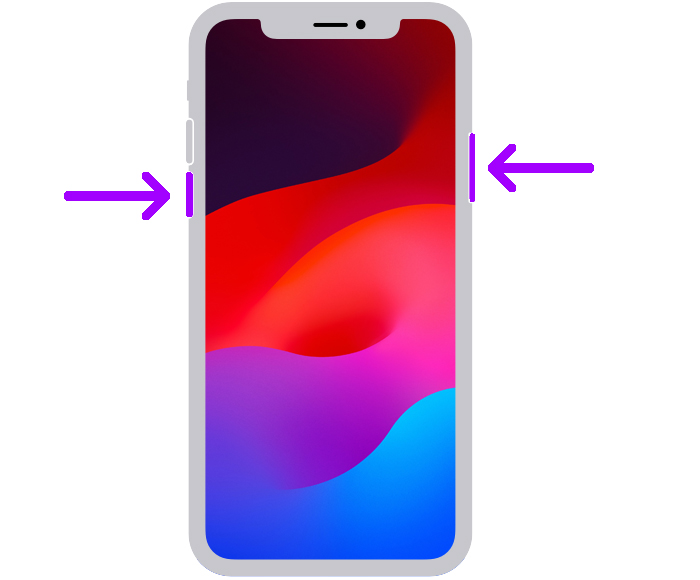
- Slide the power off slider to turn off your iPhone completely. Wait for the device to shut down.
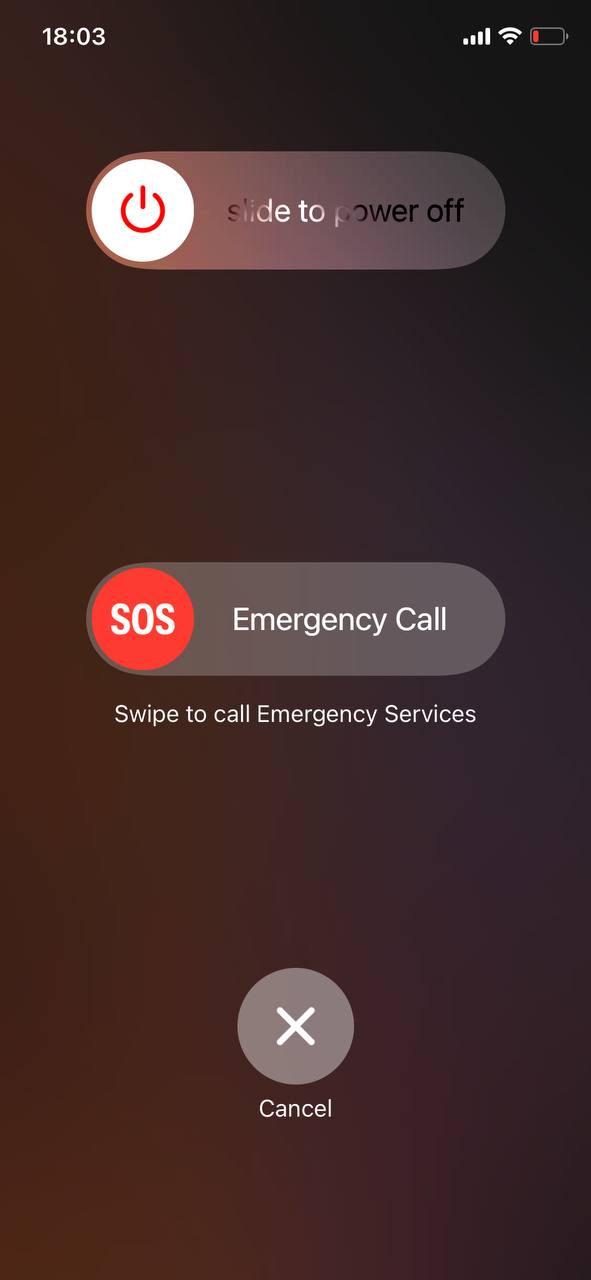
- After your iPhone has turned off, press and hold the side (or top) button again until the Apple logo appears, signaling that your iPhone is restarting.
A regular restart can help manage apps that may not be properly closing or freeing up memory when you exit them. It’s a good practice to restart your iPhone once a week or after installing new apps or updates that could affect the device’s performance.
Limit Widgets and Home Screen Pages
Widgets and excessive home screen pages can slow down your iPhone by consuming system resources each time you unlock your device or swipe between screens. Simplifying your home screen setup can help make your old iPhone faster by reducing the load on the device’s processor. Here’s how to streamline your iPhone’s home screen:
- Tap and hold on any app icon or widget until all icons begin to jiggle. This is the edit mode where you can make changes to your home screen.
- Tap the minus sign on any widget you wish to remove or drag widgets off the home screen to reduce clutter. For necessary widgets, consider using smaller sizes to free up more space.
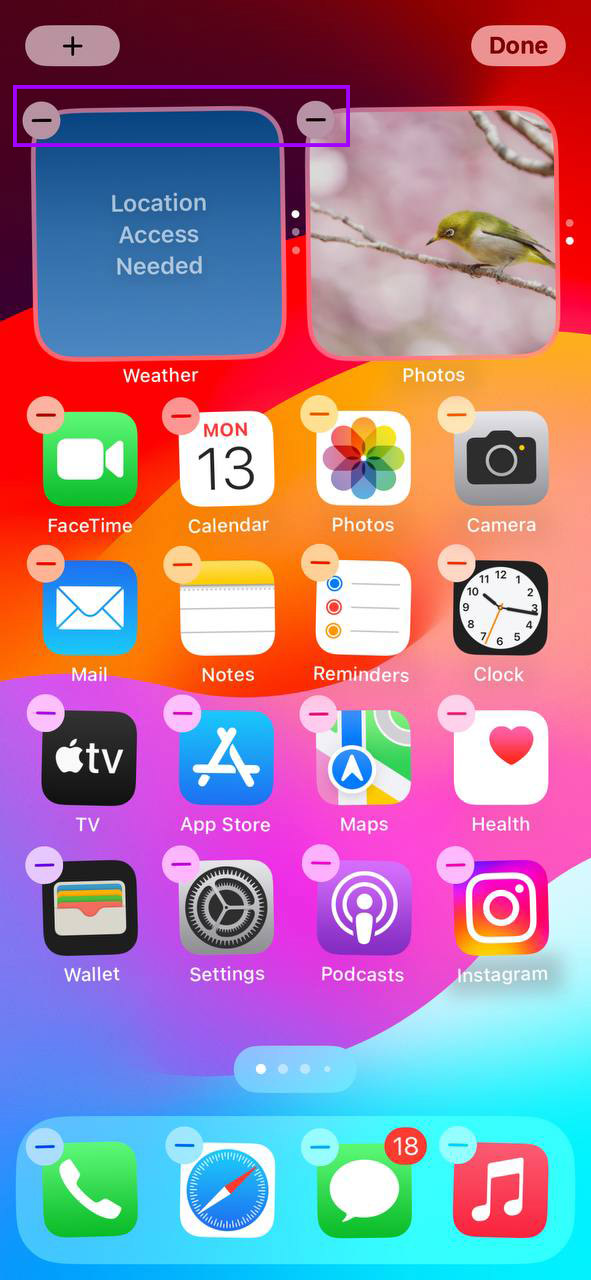
- Organize apps into folders to reduce the number of home screen pages. This can be done by dragging similar apps together to create folders automatically.
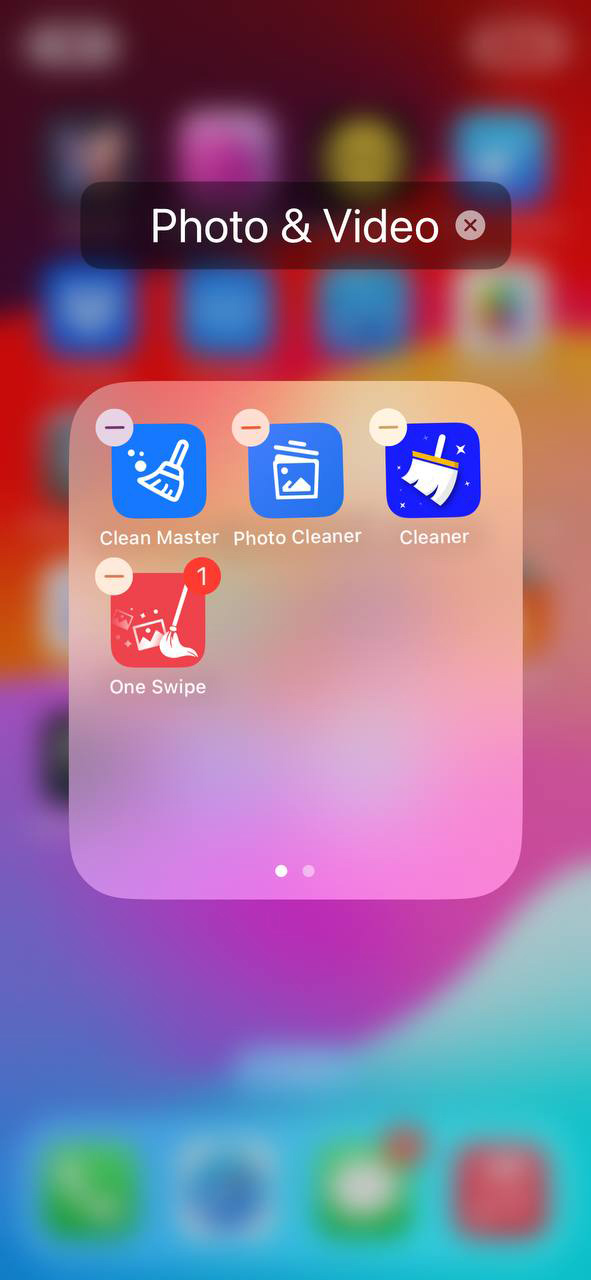
- To minimize the number of swipe actions needed to find your apps, try to keep your home screen to as few pages as possible. Remove apps or move them to folders if they are not frequently used.
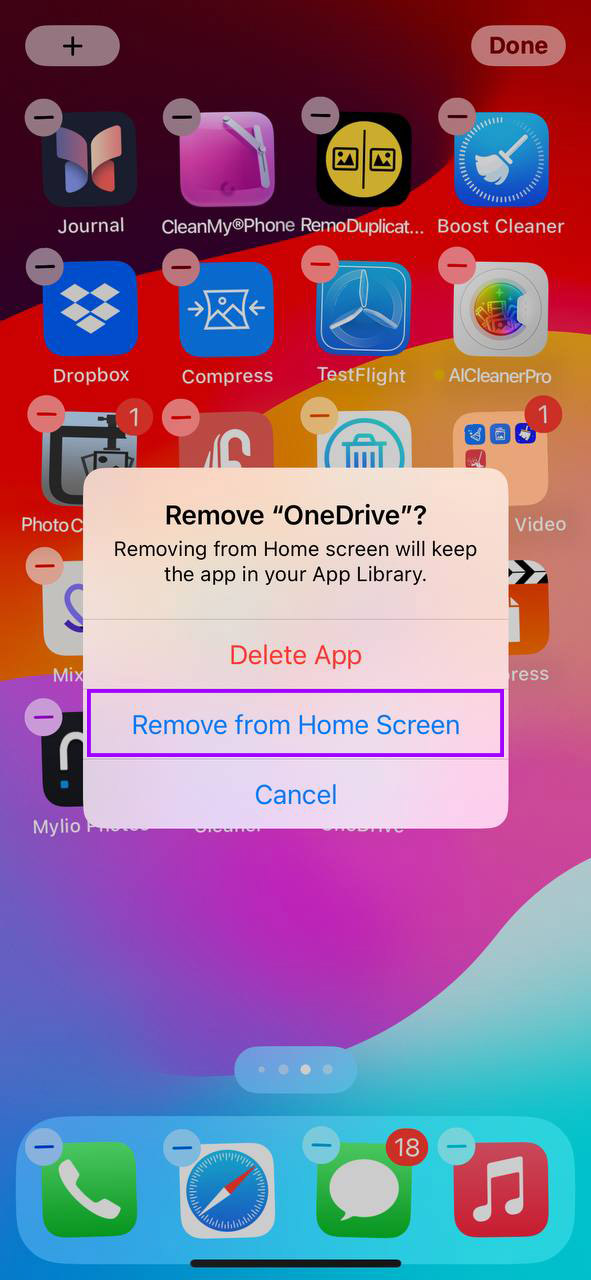
- Press the ‘Done’ button or the home button on older models to save your changes.
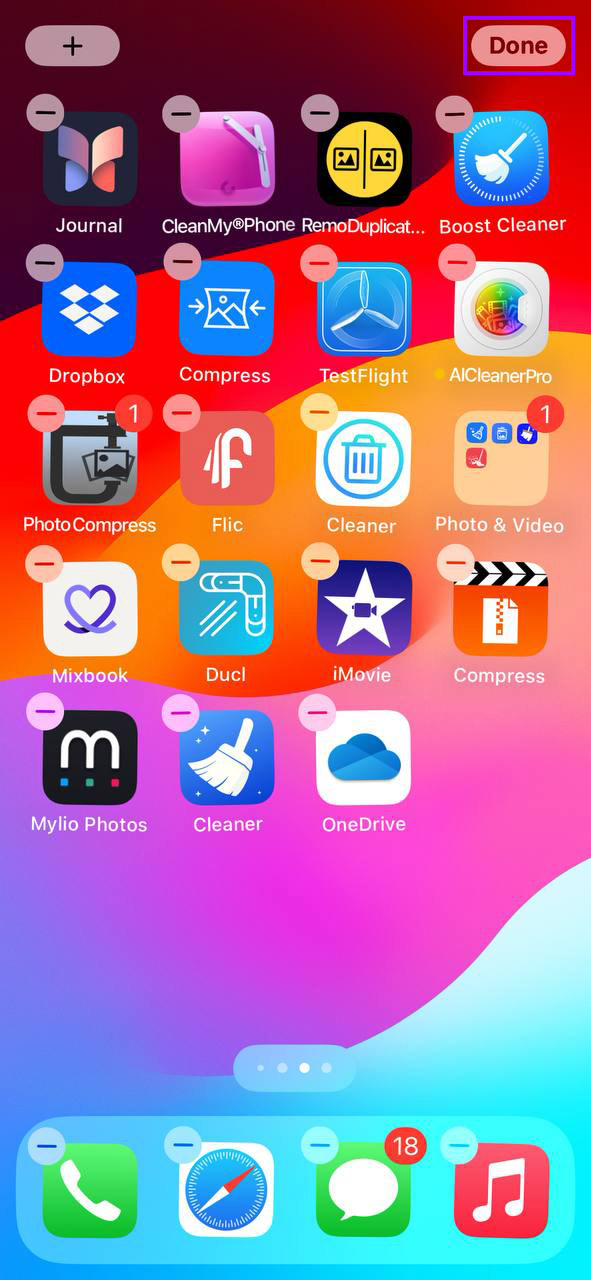
Streamlining your home screen not only makes your iPhone easier to navigate but also helps speed up the device’s responsiveness by reducing the graphical demands placed on it each time you interact with it.
Check for Battery Health
Poor battery health can lead to reduced performance as your iPhone may enter power saving mode to preserve battery life. Monitoring and managing battery health is essential to make an old iPhone faster and ensure it operates optimally. Here’s how to check and manage your iPhone’s battery health:
- Start by opening the Settings app on your iPhone.
- Tap on ‘Battery’ to access battery settings.
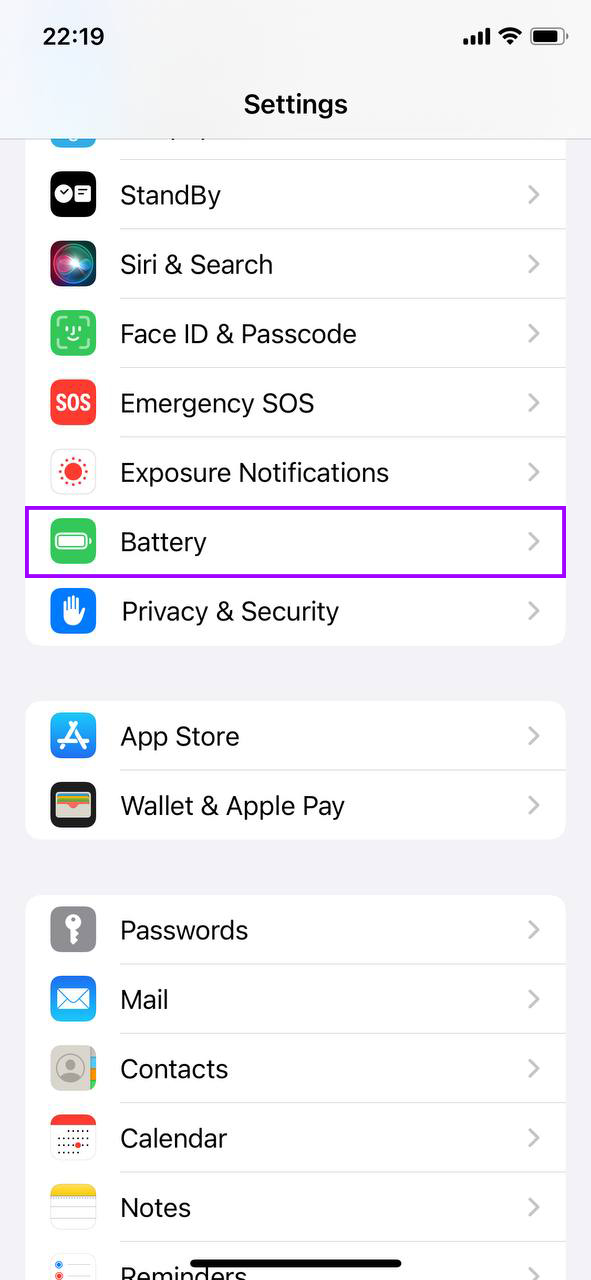
- Select ‘Battery Health’ to view the maximum capacity and peak performance capability of your iPhone’s battery.
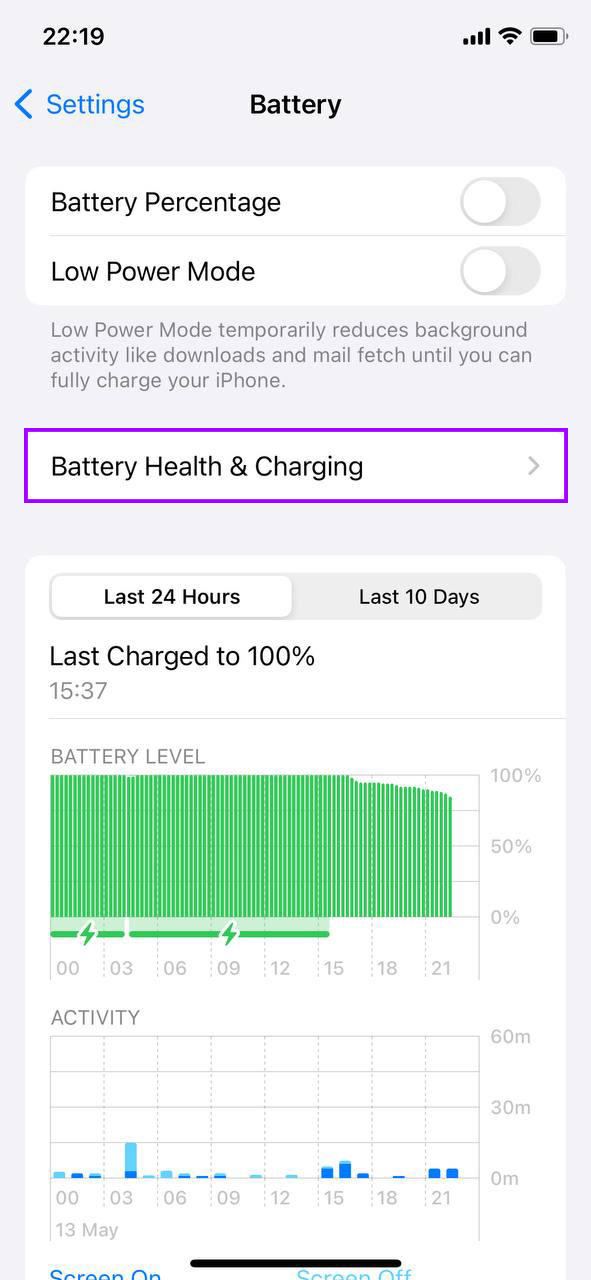
- Check the ‘Maximum Capacity’, which indicates the battery’s capacity relative to when it was new. A lower percentage means a worn-out battery that may need replacement.
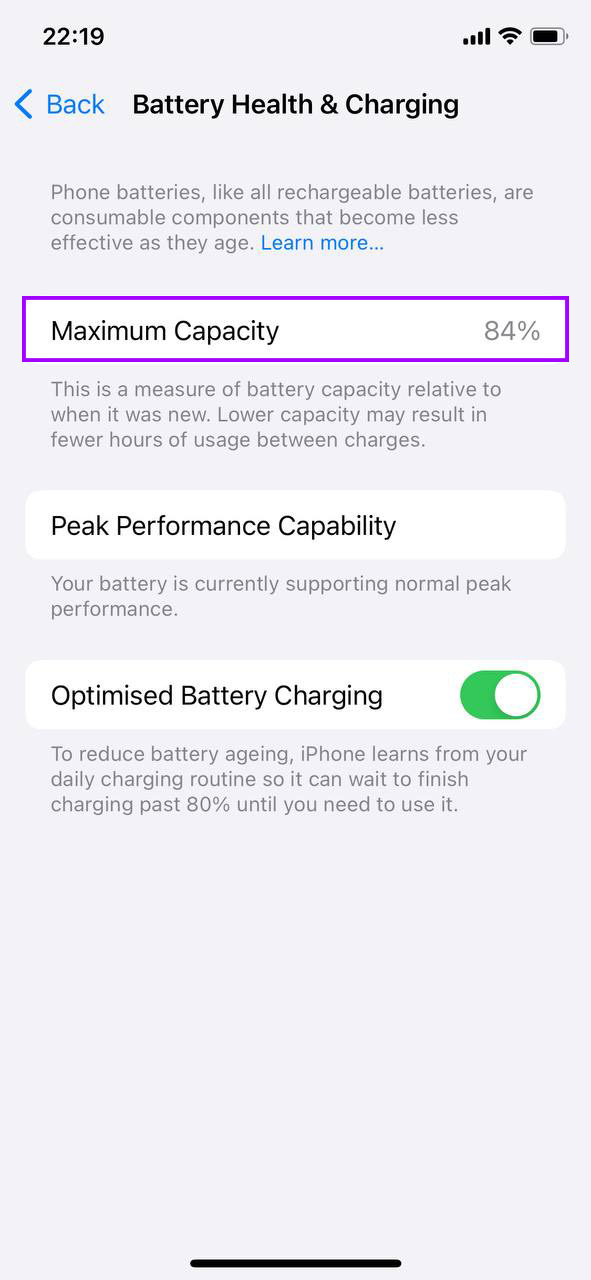
- Turn on ‘Optimized Battery Charging’ to help extend your battery’s lifespan. This feature learns your charging habits to reduce battery aging.
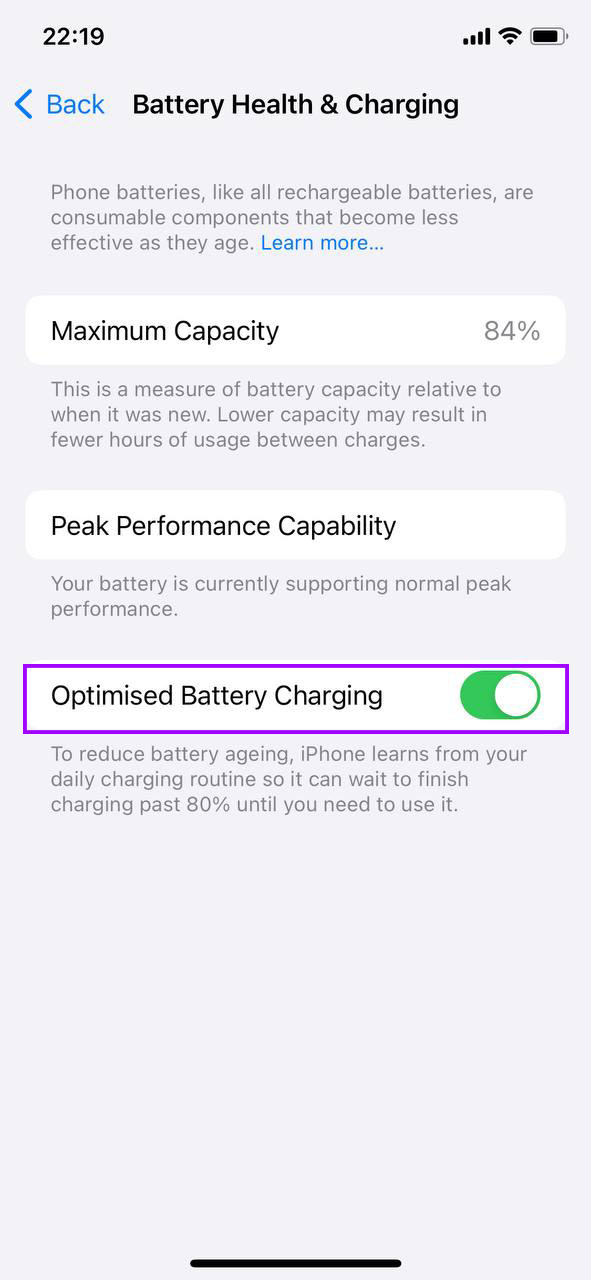
If the ‘Peak Performance Capability’ indicates that the battery’s condition has significantly degraded, consider contacting Apple support or visiting an Apple Store for potential battery replacement. Replacing the battery can restore full performance and prevent your iPhone from unexpectedly shutting down.
Consider a Factory Reset
When other methods have not sufficiently improved the performance of your old iPhone, performing a factory reset can be a drastic but effective measure. This process will erase all data, settings, and content from your iPhone, returning it to its original state as when it was first turned on. This can often resolve persistent performance issues caused by software glitches or overcrowded storage. Here’s how to safely perform a factory reset:
- Tap the Settings app on your iPhone.
- Scroll down and select ‘General’.

- At the bottom of the General settings, tap ‘Transfer or Reset iPhone’.
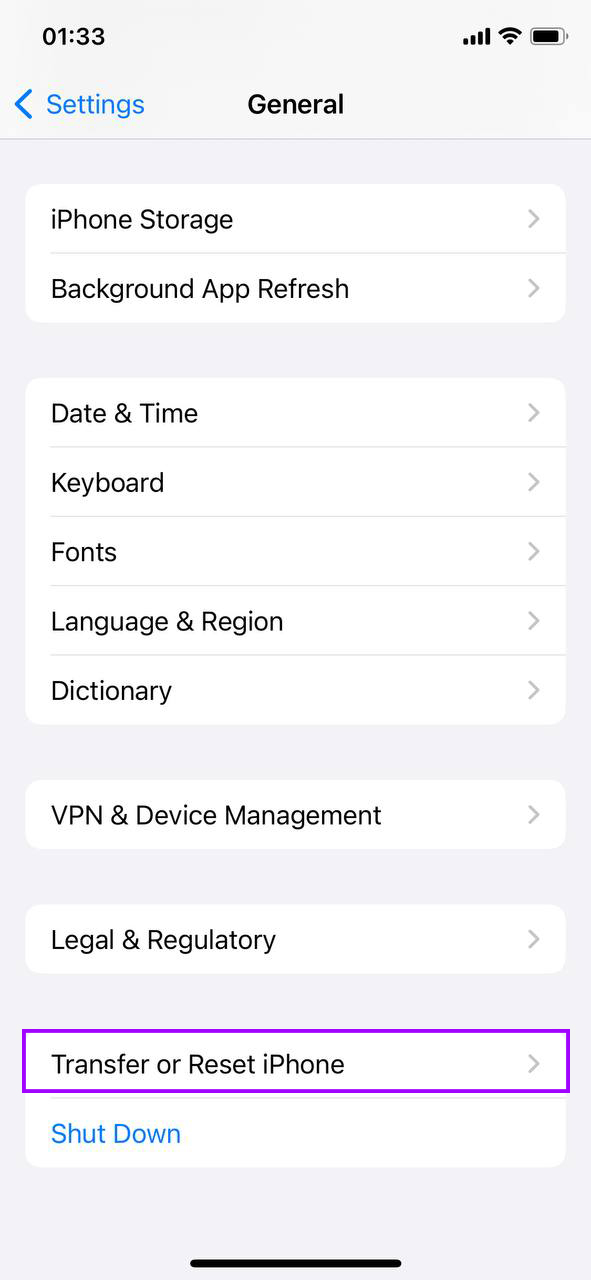
- Select ‘Erase All Content and Settings’. This will initiate the process to completely wipe your iPhone. You may need to enter your passcode and Apple ID password to confirm this action.
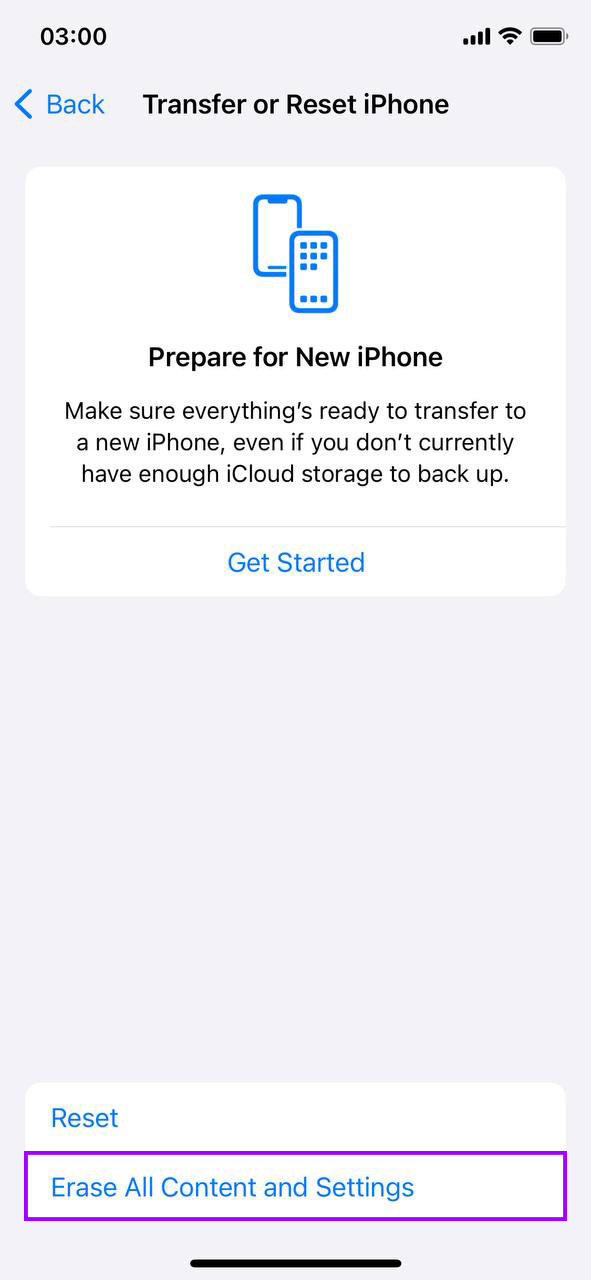
- After the reset, your iPhone will restart as if it were new. You can set it up as a new device or restore from a backup if desired.
A factory reset is particularly useful if your iPhone is bogged down by years of accumulated apps, photos, and hidden clutter that can’t be easily cleaned manually. It’s also recommended if you’re experiencing unusual behavior or persistent software issues that have not been resolved through updates or settings adjustments.
Conclusion
Revitalizing an older iPhone doesn’t require expert knowledge or costly upgrades. By following the simple methods outlined in this article – from updating your software to managing storage and tweaking system settings – you can significantly improve your device’s performance. Regular maintenance like restarting your iPhone, reducing screen clutter, and checking battery health can also contribute to a smoother, more responsive experience. Implement these methods, and your old iPhone will be running faster in no time.





























